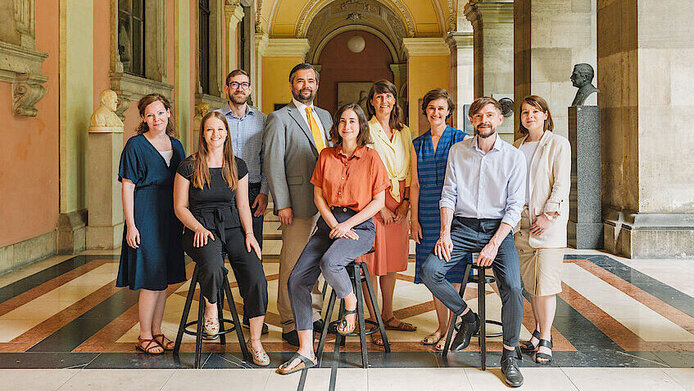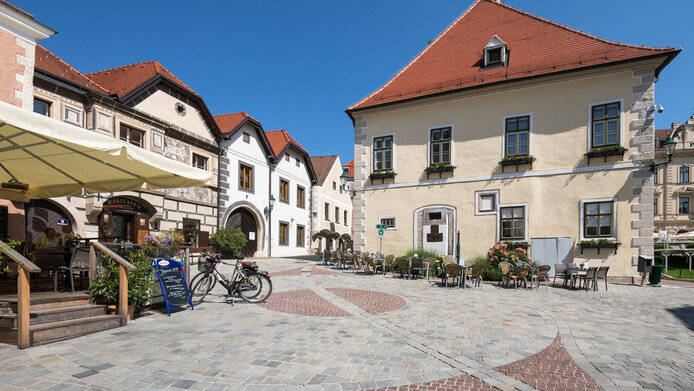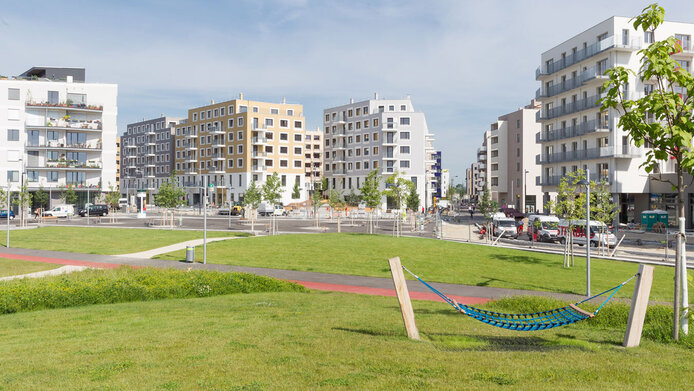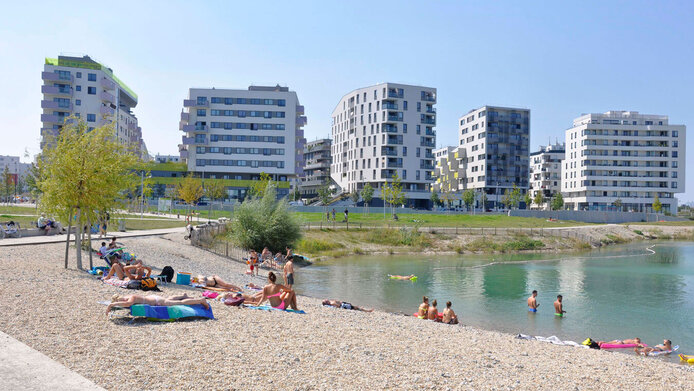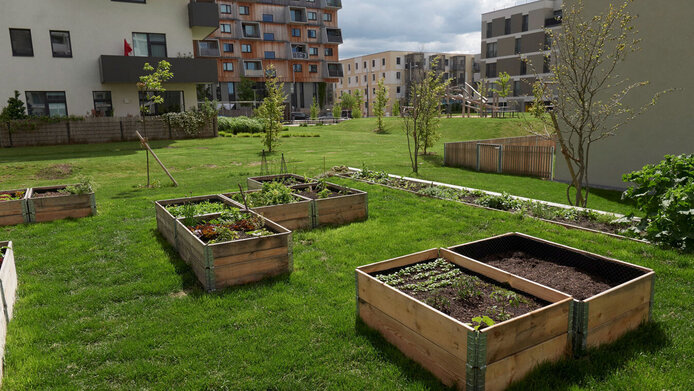Fragmented jurisdiction
In Austria, the situation is made worse by the fact that policy decisions that impact land development are fragmented between national, regional and local authorities. The federal government is responsible for forestry and water law, for example, while the provinces are responsible for land-use and building regulations and the local authorities are able to change the zoning of land. Hence, it’s the mayor who decides whether a business park is to be built or not, and local authorities woo companies to settle on their territory, because that brings money to the municipal coffers via local taxes. In Austria there are roughly 2,000 local authorities, each of which is responsible for its own zoning plan.
Regional goals and networked communities
How can these spatial planning challenges be solved in the face of global warming? According to Humer, the global goals must first and foremost be broken down to the level of local authorities and municipalities. Otherwise one will not be able to address them. The next and most important step is to create a network of local authorities and regions. Now is the time to think on a larger scale. Austria is already seeing more and more initiatives involving several small local authorities that join forces for intercommunal cooperation. INKOBA, an Upper Austrian intercommunal business settlement initiative, is a case in point. It involves several local authorities that establish only one, central industrial site. The tax income is then shared by all municipalities and not only benefits the one where the enterprise is located.
“City deals” – incentives for integral spatial planning
A number of examples of such cross-regional networking exist at the international level. The UK has introduced so-called “city deals” that offer incentives to promote integrative spatial planning. The central authorities negotiate bespoke funding packages with local authorities for major projects. This provides, for example, for ways of linking up residential areas to public transport networks. The so-called MAL agreements in Finland pursue a similar purpose. There, stakeholders responsible for land use, housing and transport or health and education facilities develop joint location strategies for a region – also across several local authorities. These initiatives then have access to special national funding sources. “That is something one should be daring enough to do in Austria,” says Humer, a native of Upper Austria. “It wouldn’t change any jurisdictions, but it would give the national authorities a certain say via soft, financial incentives for regional intersectoral cooperation. In that way, you can find solutions that make sense from an overall Austrian perspective.”
Tradeable land development certificates
Another strategic approach is trading in development certificates, similar to CO2 trading. Whereas land is consumed in booming regions in order to create residential space, regions that lose population attempt to eliminate vacant lots or re-naturalise brownfield sites. In this way, it is possible to achieve zero additional land take overall. Switzerland has set itself the goal of zero hectare growth. The Swiss spatial planning act (RPG), which has been in force since May 2014, states that new zoning of building land is not permitted until the cantons have revised their land development plans and reduced oversized building zones. According to Humer, Germany is also actively pursuing such a system of land development certificates, whereas it is still in its infancy in Austria.
